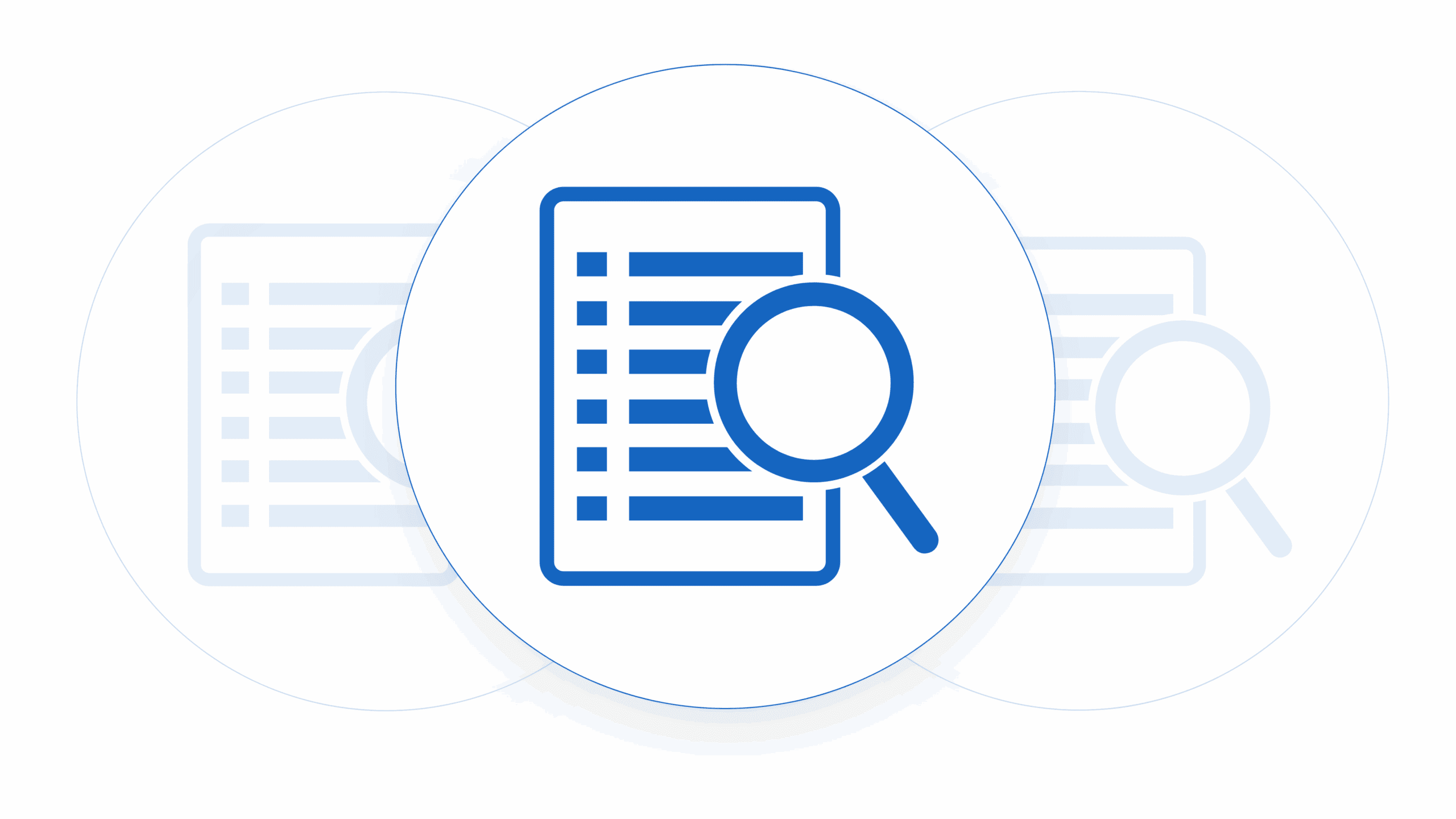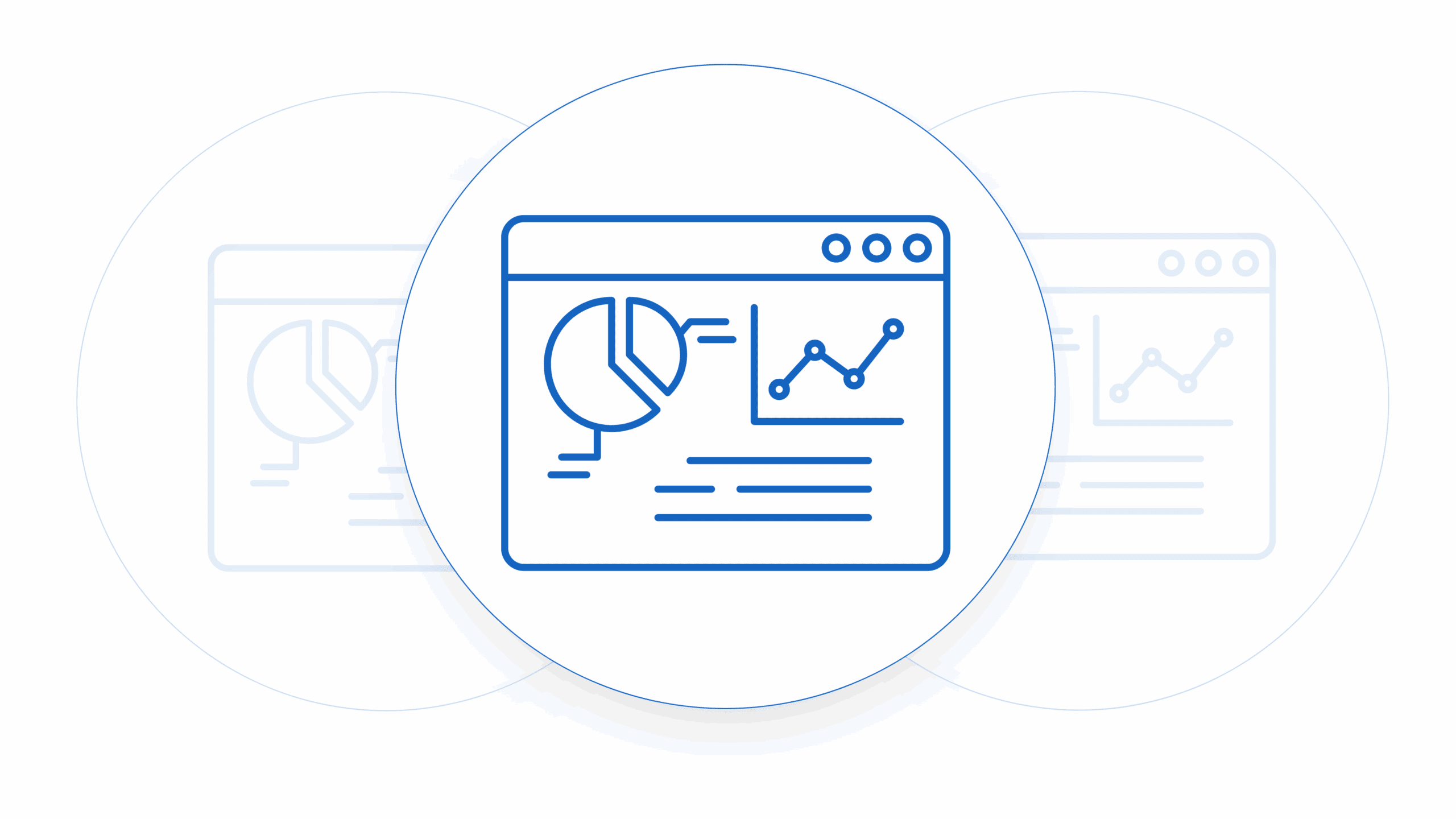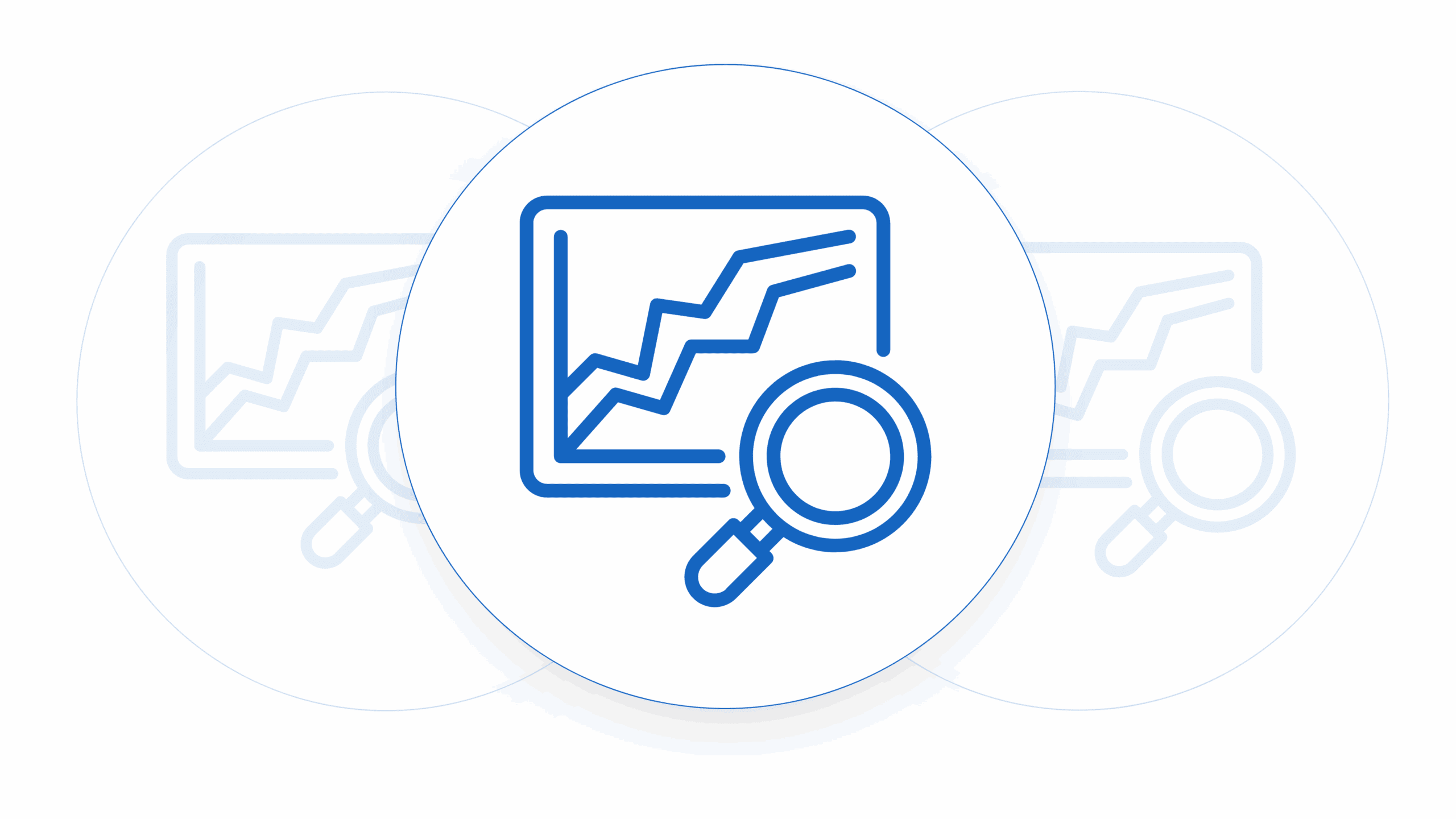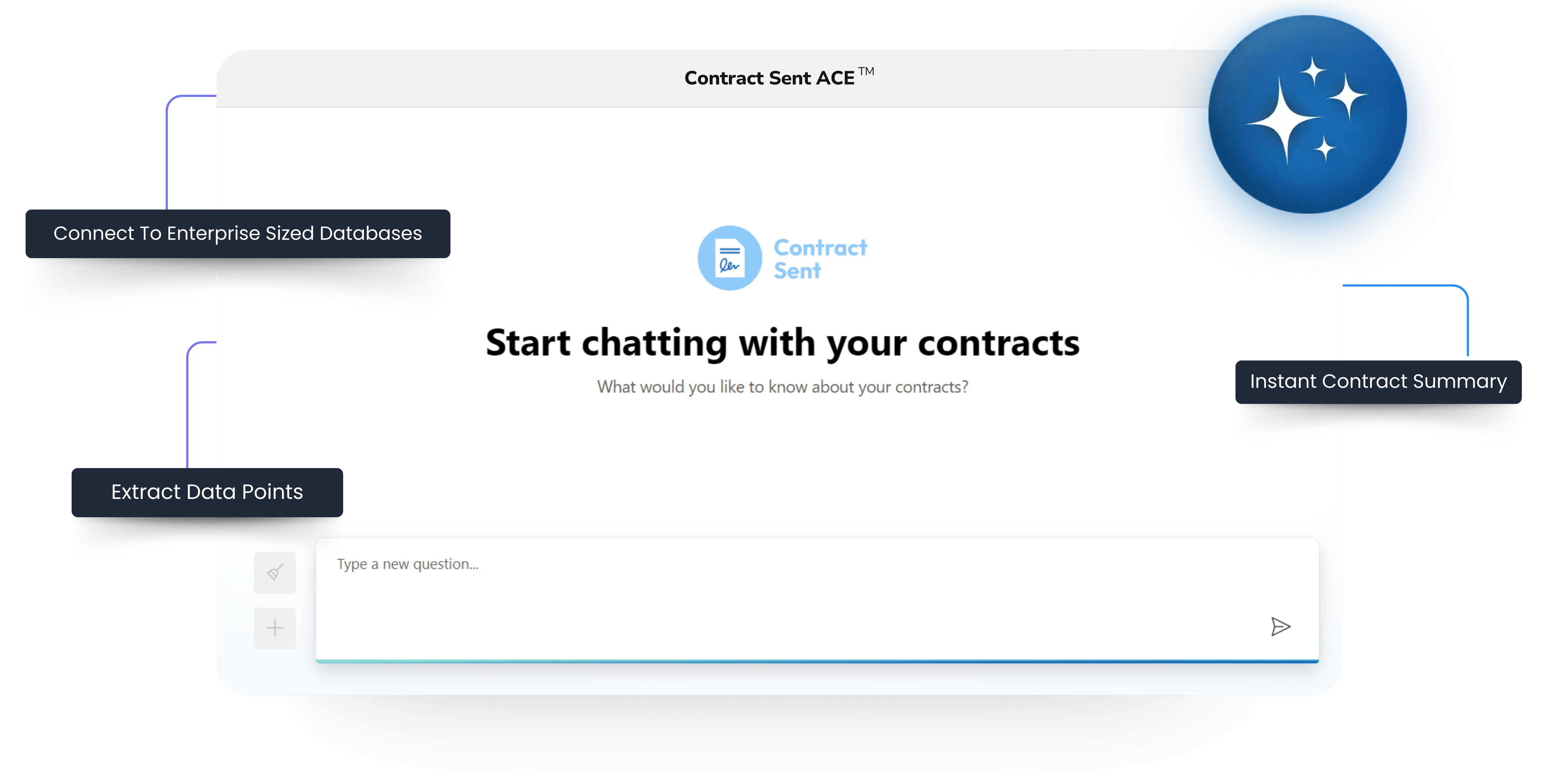Let’s be honest the collaboration between legal and sales teams is a roadblock for closing deals and meeting monthly targets. It often is for B2B companies. Understanding best practice in how to manage a contract backlog is often not handled well when the pressure is on. The backlog of sales contracts often poses a significant challenge, potentially slowing down the closure of deals. Effectively managing this backlog not only ensures legal compliance but also facilitates smoother sales processes, help to scale and create opportunities for accelerated growth for your startups. Here are some strategic tips for legal teams to streamline their contract management and empower sales teams in achieving end-of-month goals.
Establish Clear Priorities To Manage A Contract Backlog
Communication is key. Collaborate closely with the sales team to understand the priority level of contracts. Establish criteria to identify critical contracts requiring immediate attention, such as high-value deals or contracts with imminent deadlines. This enables the legal team to focus efforts where they’re most needed, aligning with sales objectives.
Implement Standardized Contract Templates
Develop standardized contract templates that align with legal requirements while catering to the diverse needs of sales deals. Customizable templates not only expedite the contract creation process but also ensure legal compliance, reducing the time spent on drafting individual contracts from scratch.
Utilize Automation Tools
Leverage technology to automate repetitive tasks involved in contract management. Contract lifecycle management (CLM) software like Contract Sent or platforms equipped with AI capabilities can streamline processes like contract creation, approval workflows, and tracking. Automation reduces manual errors, expedites approvals, and enhances overall efficiency.
Empower Self-Service Options
Enable self-service contract creation for routine agreements. Provide sales teams with user-friendly contract generation tools integrated into the company’s CRM system. This empowers sales professionals to generate standard contracts autonomously, freeing up legal resources to focus on complex or high-value deals.
Implement Efficient Approval Workflows
Design streamlined approval workflows to ensure swift review and authorization of contracts. Clearly define approval hierarchies and utilize digital signature solutions for rapid sign-offs. Expedited approvals prevent bottlenecks, enabling sales teams to progress swiftly with their deals.
Enhance Collaboration and Communication
Create a culture of collaboration between legal and sales teams. Encourage regular meetings or check-ins to discuss contract statuses, address concerns, and provide updates. Effective communication ensures alignment, prevents misunderstandings, and accelerates the contract review process.
Prioritize Contract Renewals and Amendments
Identify contracts nearing expiration or requiring modifications. Proactively initiate discussions with sales teams well in advance to strategize renewal or amendment terms. Timely action on renewals ensures continuity in customer relationships and revenue streams.
Continuous Review and Improvement
Regularly review and refine contract management processes. Solicit feedback from sales teams regarding their experiences with the contract workflow and use this input to optimize and enhance systems for better efficiency and effectiveness.
Invest in Training and Education
Provide ongoing training sessions for sales teams on contract-related matters. Educate them on the importance of legal compliance, contract terminology, and basic contract review skills. Equipping sales teams with fundamental legal knowledge enhances their ability to identify potential issues early on, reducing back-and-forth with legal.
Data Analytics for Insights
Leverage data analytics to gain insights into contract performance metrics. Analyze trends, identify bottlenecks, and track key performance indicators (KPIs) to continually refine and optimize the contract management process.
By implementing these strategies, legal teams can effectively manage sales contract backlogs, enabling tech startup sales teams to navigate deals more efficiently. This collaborative approach not only expedites deal closures but also ensures compliance and strengthens customer relationships, ultimately driving the growth and success of the organization.

Contract Management Made for Startups
Set Tasks, Negotiate Faster
Using Kanban To Manage A Contract Backlog
Kanban is a visual project management methodology originally developed by Toyota to improve manufacturing efficiency. It’s based on the concept of visualizing work, limiting work in progress, and optimizing the flow of work items through a process. This methodology has been widely adopted across various industries, including software development, marketing, and even contract management, due to its simplicity and effectiveness in managing workflows.
In the context of contract negotiation, Kanban can be an invaluable tool for streamlining the negotiation process and enhancing collaboration between legal teams and other stakeholders involved in the contract process, such as sales, finance, and clients. Here’s how it works:
Understanding Kanban Principles
- Visualizing Workflow: Kanban utilizes a visual board divided into columns representing different stages of work. For contract negotiation, these stages could include “To-Do,” “Drafting,” “Review,” “Negotiation,” “Approval,” and “Completed.”
- Limiting Work in Progress (WIP): Kanban emphasizes limiting the number of contracts or tasks being actively negotiated at each stage. This prevents overloading resources and promotes focus on completing tasks before taking on new ones.
- Flow Optimization: The goal is to optimize the flow of contracts through the negotiation process, identifying bottlenecks, and continuously improving the workflow.
Applying Kanban to Contract Negotiation

- Visual Contract Pipeline: Create a Kanban board representing the contract negotiation process. Each contract is represented by a card that moves through the stages, providing a clear, real-time view of where each negotiation stands.
- Workflow Standardization: Define clear stages for contract negotiation, ensuring that everyone involved understands the process. For instance, “Drafting” might involve the legal team preparing the initial contract, while “Negotiation” involves back-and-forth discussions between parties.
- Limit WIP for Efficiency: Set limits on the number of contracts allowed in each negotiation stage. For instance, limiting the number of contracts being actively negotiated or reviewed prevents overload and encourages focused efforts.
- Collaboration and Transparency: Kanban promotes transparency by making the contract negotiation process visible to all stakeholders. This transparency encourages collaboration and enables stakeholders to identify potential issues or delays promptly.
- Continuous Improvement: Regularly review the Kanban board to identify bottlenecks or areas causing delays. Adapt and improve the workflow based on these insights, aiming to refine the process continuously.
- Metrics and Analysis: Use metrics such as cycle time (time taken for a contract to move from start to completion), lead time (total time taken for a contract), and throughput (number of contracts completed in a given time) to analyze and optimize the negotiation process.
Benefits of Using Kanban for Contract Negotiation:
- Increased Efficiency: Visualizing the negotiation process helps in identifying inefficiencies and optimizing workflow.
- Improved Collaboration: Enhanced transparency fosters better communication and collaboration among stakeholders.
- Faster Deal Closure: By streamlining the negotiation process, contracts move through stages more efficiently, reducing lead times.
- Adaptability and Continuous Improvement: Kanban encourages a culture of continuous improvement by regularly reviewing and refining the negotiation process.
Kanban can significantly improve the way your team can manage a contract backlog by providing a visual framework that promotes transparency, collaboration, and efficiency, ultimately contributing to more effective contract closures and smoother workflow management. It will help to speed up the process as well as help your decision makers clear bottle necks when they arise.











